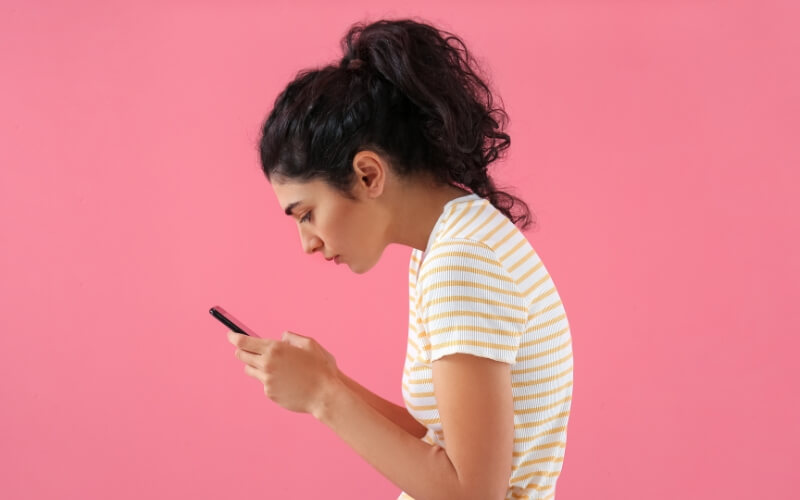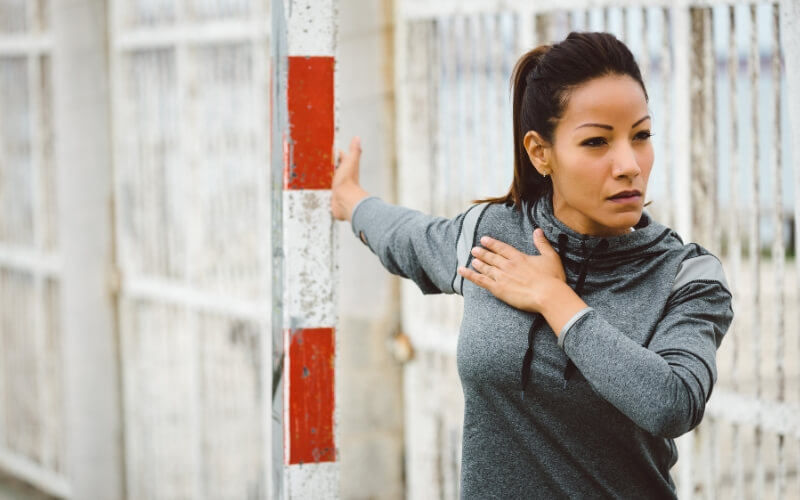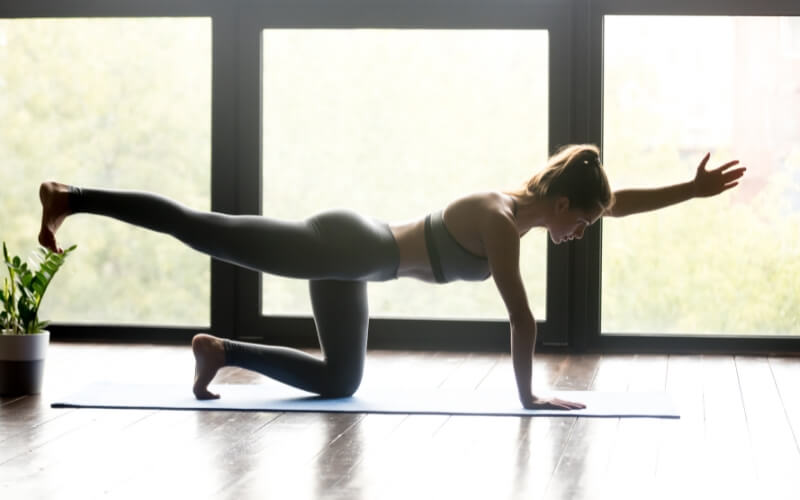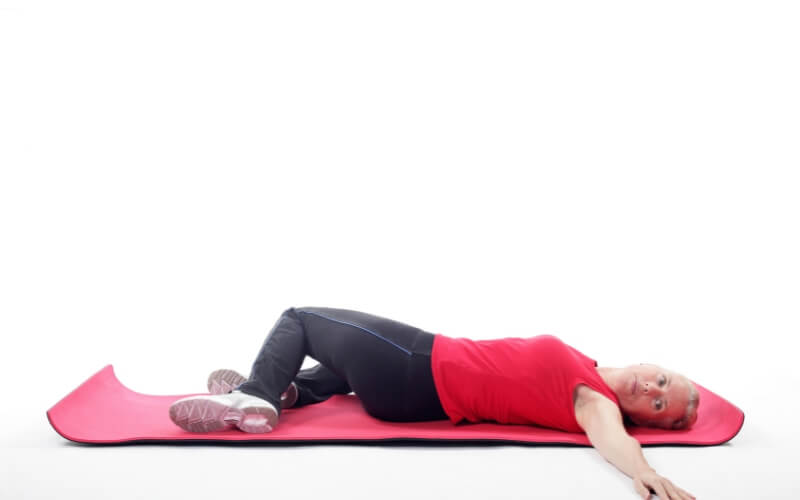Today we will explore some common issues associated with poor posture, and exercises to improve your posture.
Rounded shoulders, jutting neck, lazy core. If these common posture habits sound familiar, this blog post is for you.
Not all postures are the same, however these posture correction exercises will cover common habits.
Poor posture or changes in posture usually come about from lifestyle habits. When there is no injury or condition for such changes, conducting repetitive or prolonged positions day in and out can result in semi-permanent changes to the position of the skeleton.
Examples could include a labour intensive, repetitive job, prolonged computer or desk work and extended phone usage, resulting in tightness and weakness in specific muscle groups which can lead to visual changes in posture.

What posture correction exercises can we do?
The best treatment for poor posture is prevention. The research shows that consistent movement can help prevent the aches and pains associated with, let’s say, sitting at a desk for work.
If you are a desk-worker, try to be aware of how long you sit in a certain position, rather than worrying about what that position is. The research supports changes to posture, not one correct sitting position.
If you are a worker that must maintain prolonged positions, for example a chef, bricklayer etc, you will find benefit in movement that opposes your usual positions.
What are the exercises for better posture?
Combined with consistent, opposing movement throughout your day, specific exercises for better posture can really make a difference when completed regularly.
Exercises which target strengthening and mobilising your mid-back, chest and core should assist in posture-related pain and improve your overall posture.
You can try the following exercises as a basic starting point:
Bow and Arrow
This exercise focuses on mobilising the mid-back and chest, which can be the source of a lot of tightness with typical features of poor posture.
- Lie on your side with your head resting on a pillow. Bend both knees, keeping them together, and straighten your arms out in front of your body with one on top of the other.
- Raise your top arm towards the sky, following your head and upper body. Try and rotate your back as you lower your arm to the other side of the floor.
- Bring your arm back over to the starting position. Repeat on both sides.
Chest Stretch
Stretching and strengthening the muscles of the chest should discourage the shoulders from curling in.
- For this stretch, you can either rest your elbow or hand on a wall.
- Slowly turn your body away from the wall until you feel a gentle stretch at the front of your chest.
- Hold this for 20-40 seconds, breathing consistently throughout.

Banded Row
Strengthening the muscles of the upper back will also help keep the shoulders from rounding. Try and squeeze your shoulder blades together as you complete this exercise.
- This exercise can be done as featured or standing with your band wrapped around a sturdy object such as a door or staircase.
- Start with your arms straight, and gentle pull your hands toward your torso, aiming to squeeze your shoulder blades together.
- Complete 3 rounds of 10 or more of this exercise to strengthen your mid-back.

Birddog
This exercise is for the core, back, shoulders and hips.
- Start with your hands and knees on the ground.
- Actively tighten your stomach, then lift one leg and the opposite arm in the air, as featured below. If this is too hard, you can start by just lifting your legs one at a time.
- Try to tense your stomach and keep your back flat like a table. You can progress into a plank if this is too easy.
- Hold this position for 5 seconds before alternating to the other side.

We hope these posture correction exercises help!
More detailed interpretation of your specific postural needs can be discovered with a one-on-one consultation with your exercise physiologist.
Contact us to gain a more in-depth regime.



